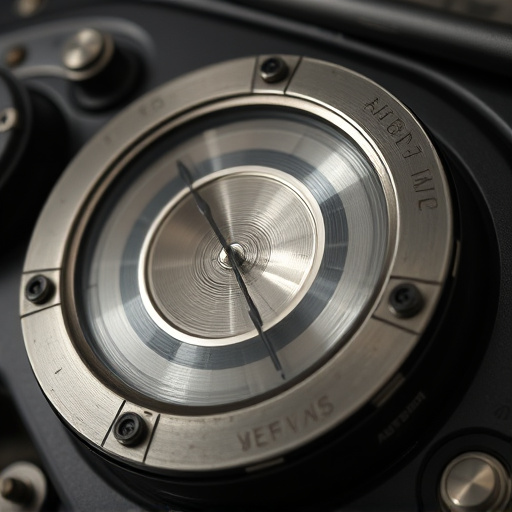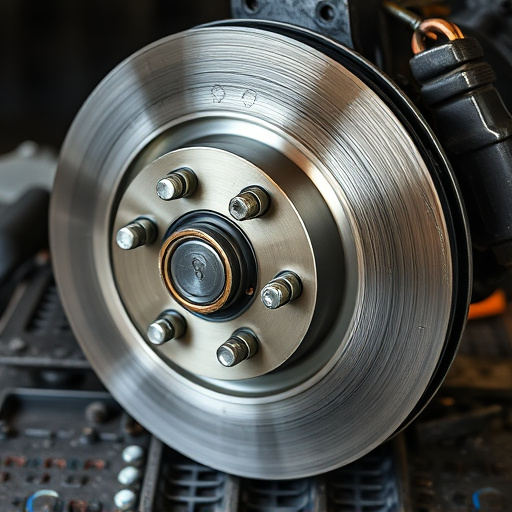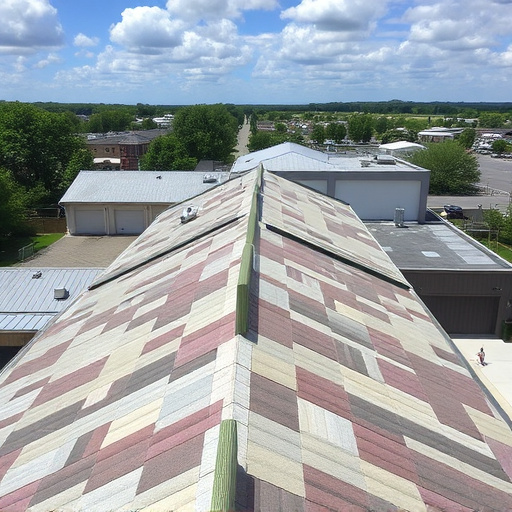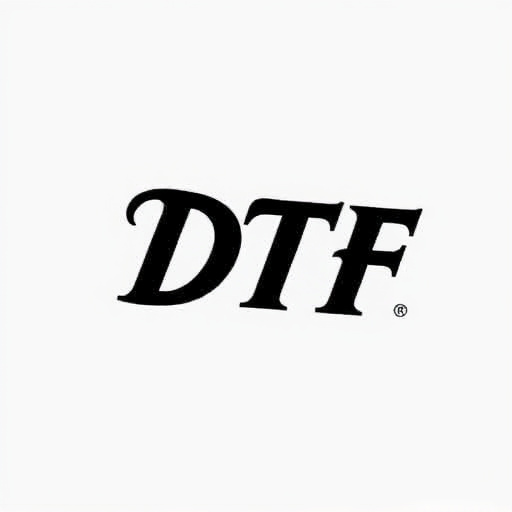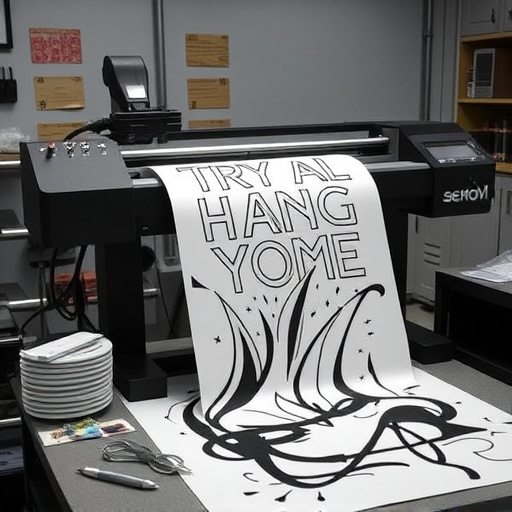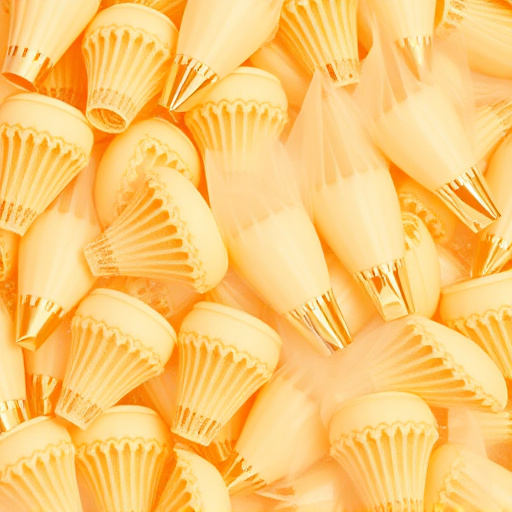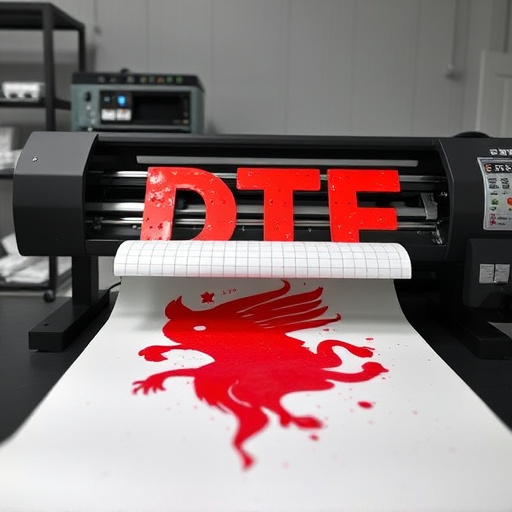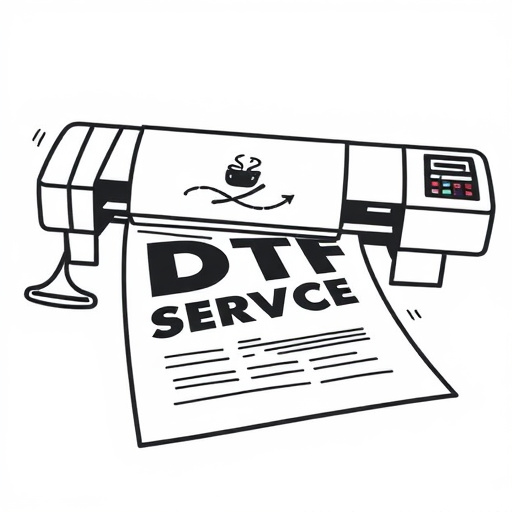DTF (Direct-to-Fabric) transfer printers offer versatile custom design capabilities, but common issues like misaligned print heads, ink transfer problems, and paper jamming can disrupt printing. Proactive troubleshooting involves checking head alignment, fabric surface debris, ink levels, software settings, and cleaning regularly to prevent recurring problems. Essential maintenance includes routine print head cleaning, monthly deep cleanings, belt/roller checks and replacements, proper storage practices, and record-keeping for consistent performance and longevity of the DTF printer and heat press.
Unreliable prints? Frustrated with your DTF Transfer Printer? You’re not alone. These printers, while versatile, can present common issues that disrupt your creative flow. Understanding and tackling these problems is key to achieving consistent, high-quality results. This guide delves into the heart of DTF transfer printer troubles, offering insights on diagnosis, resolution, and maintenance for optimal performance.
- Understanding Common DTF Transfer Printer Issues
- Diagnosing and Resolving Printing Problems
- Maintenance Tips for Optimal Performance
Understanding Common DTF Transfer Printer Issues

DTF (Direct to Fabric) transfer printers are popular choices for creating custom designs on various materials, especially t-shirts. However, like any technology, they can encounter common issues that disrupt smooth printing operations. By understanding these problems, users can quickly troubleshoot and resolve them, ensuring efficient and high-quality prints.
Some frequent challenges include misalignment of the print head, leading to off-center or distorted designs; poor ink transfer, resulting in incomplete or faded images; and blockages in the print nozzles, causing inconsistencies in ink flow. Another issue is paper jamming, which can be frustrating but is often resolved by ensuring proper loading and alignment of the dtf transfer sheets or film. Proper maintenance and regular cleaning are crucial to prevent these problems, especially when printing on different fabrics like cotton, polyester, or nylon (dtf for t-shirts).
Diagnosing and Resolving Printing Problems
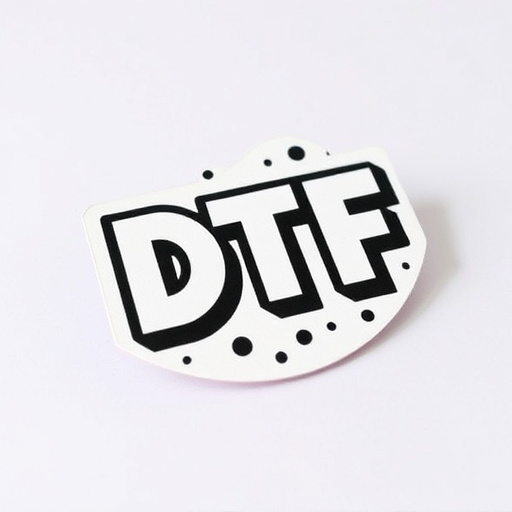
When troubleshooting DTF (Direct-to-Fabric) transfer printers, identifying the root cause of printing problems is key to swift resolution. Start by examining the print head and ensuring it’s properly aligned and not clogged. Clean or replace the print head as necessary. Next, inspect the fabric for any debris or contamination that might hinder the printing process; a clean, smooth surface is essential for DTF printing for light fabrics. Check the ink levels and type, as compatibility issues can lead to subpar results. Using the correct ink for DTG on apparel ensures optimal performance.
Additionally, verify the settings on your printer software. Incorrect settings, such as resolution or color profiles, can cause prints to appear blurry or misshapen. Calibrate the printer according to the manufacturer’s guidelines and refer to the DTF meaning for a better understanding of the technology if you’re new to it. Regular maintenance, including cleaning and calibration, is vital to prevent recurring issues in your DTF transfer printing process.
Maintenance Tips for Optimal Performance

Regular maintenance is key to keeping your DTF transfer printer running smoothly and ensuring optimal performance. Start by cleaning the print head regularly using a specialized cleaner or isopropyl alcohol to prevent clogging, which can lead to poor print quality. Schedule deep cleaning sessions at least once a month to remove any buildup of ink residue. Additionally, check and replace any worn-out parts, such as belts or rollers, according to the manufacturer’s recommendations.
Proper storage and care between printing jobs are also vital. Allow the printer and heat press to cool down before turning them off and unplug them when not in use. Store the printer in a clean, dry place, away from direct sunlight and extreme temperatures. For long-term storage, consider using protective covers or bags to prevent dust accumulation. Furthermore, keep records of maintenance activities and ink levels to ensure consistent care and longevity of your DTF printing setup, including regular updates and upgrades for optimal results with your dtf printer and heat press.
In conclusion, troubleshooting common issues in DTF Transfer Printers requires a systematic approach, from understanding basic problems to implementing maintenance strategies. By mastering diagnosis and regular care, users can ensure optimal performance and high-quality prints, making their DTF Transfer Printers reliable assets for creative projects and commercial applications alike.



